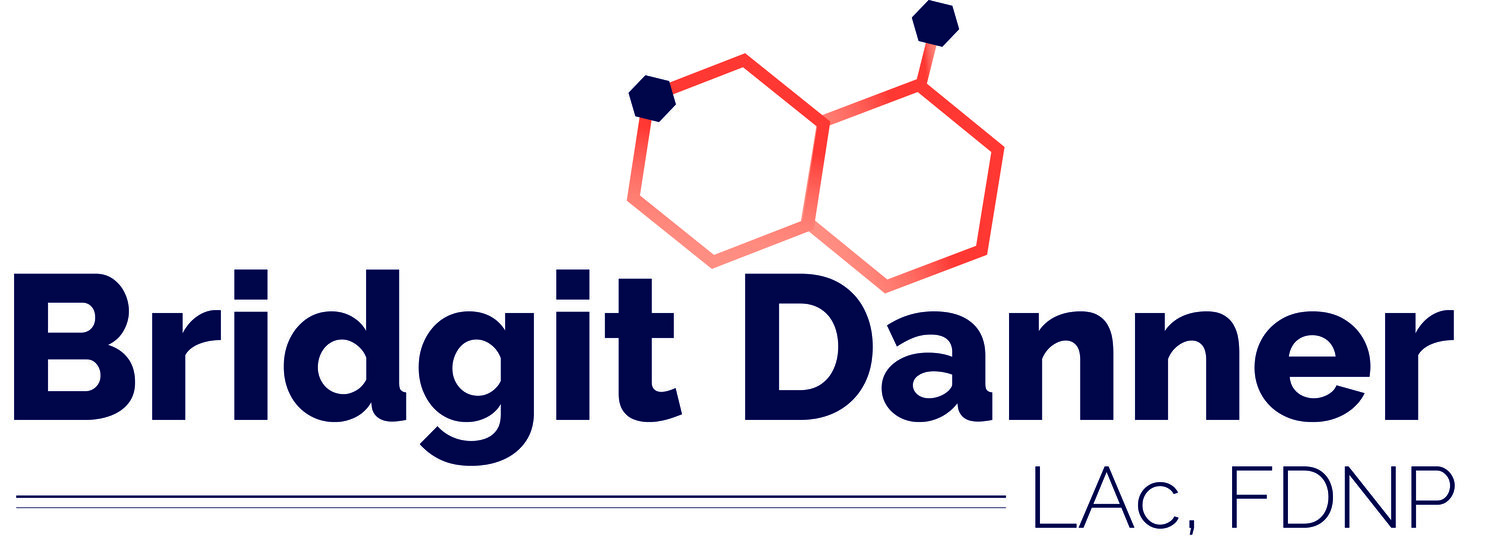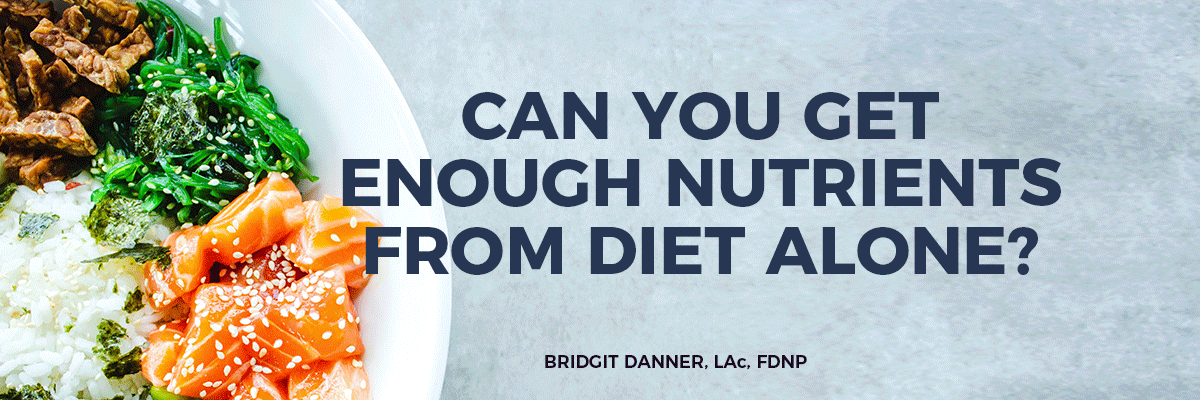Choosing Safe Seafood
Fish have long been considered a good component to a healthy diet. After all, they provide an excellent source of lean protein. They also provide a source of heart-healthy omega-3 fatty acids.
But is seafood a pure and safe dietary component? Can we choose safe seafood, without being concerned about toxicity?
In choosing safe seafood, what do we need to know?
Toxins are ubiquitous in our modern, earth environment. Unfortunately, this includes our foods and our food processing technologies. So, when we make dietary choices involving seafood, with respect to toxicity, there are a number of important factors to consider.
Fresh vs. Canned Seafood
About 10% of all fish consumed worldwide winds up packaged in cans. (1)
Originally, cans were made of tin, but now cans are made of steel. Steel offers a total barrier between the food within the can, and all outside air, light, and moisture.
BPA/BPS: The Problem with Steel Cans
One drawback to steel cans is that the steel tends to react with food contents, and molecules from the steel packaging leach into the food, affecting food quality and taste. In order to counteract this reaction, steel can producers line the interior of the cans with a material that prevents this reaction between the steel and the food.
The good news is that this can lining is approved by the FDA. The bad news is that this lining material contains a toxic chemical known as BPA, or Bisphenol A. While can linings are FDA approved, this chemical, BPA, has been banned by the FDA since 2012 for use in plastic baby bottles and in infant formula packaging. (2) Every year, over 6 billion pounds of BPA are used to manufacture plastic products, steel can linings, dental sealants, and packaging materials. (3)
Researchers have concluded that BPA (contained in the linings of most cans) has the following effects on human health:
BPA can affect prostate health and brain development. (4)
BPA in the blood of women was linked to obesity, miscarriages, polycystic ovarian syndrome (PCOS), endometrial hyperplasia, and other health issues. (5)
BPA can adversely affect mammary cells, increasing the risk of developing breast cancer. (6)
While most manufacturers have switched to can linings that do not contain BPA, about 10% of steel can-packaged foods still contain BPA, and many more contain substitutes that can be just as harmful. (7)
Since food processors do not inform consumers regarding BPA usage, it is impossible to know which can is which. One of the chemicals that may be substitued, BPS, may be just as harmful, potentially causing endocrine and cardiovascular dysfunction. (8)
Researchers have confirmed the fear that BPA leaches into the food we eat from steel cans. (9) A large controlled study found that traces of BPA exist in 92% of the U.S. population. (10) The average daily consumption of BPA in the U.S. has been calculated to be 6.6 micrograms. The FDA’s acceptable daily dose limit is 23 micrograms. (11) However, a 2006 study, published in ‘Environmental Research’, concluded that smaller quantities of BPA can be as toxic, or even more toxic than larger quantities. (12) Over forty independent studies have found BPA to be unsafe in animal studies at levels at or below FDA standards. The author of the Environmental Research study explained:
"Most dangerous chemicals follow an old rule of toxicology, that 'the dose makes the poison.' In other words, the more of the compound you're exposed to, the more hazardous it is. But endocrine disruptors (like BPA) can actually be more toxic at low levels because of the way that they interact with receptors in the body. Therefore, even extremely low concentrations of BPA can be dangerous."
Not surprisingly, ten studies, funded by the chemical industry, all concluded that BPA causes no significant toxic effects (at any level).
How to Get Fish Without BPA
If the recycle symbol on a plastic container includes the number 7, it could contain BPA or BPS.
So then, what is the antidote to BPA packaging?
→ One solution is to buy seafood fresh.
→ Another solution is to buy cans that are manufactured with a C-enamel lining. The C-enamel uses a non-toxic resin that is combined with zinc and modified with linseed and tung oils. Canns with C-enamel lining will almost always have a “BPA-Free” notice.
What Is the Safest Fish to Eat When Choosing Safe Seafood?
It may surprise some people to know that most seafood is loaded with a variety of toxic chemicals, like PCB’s, dioxins, and mercury. These levels vary in range from barely measurable to levels so high, they qualify for seizure by the FDA due to their risk to human health.
Seafood sources include both wild, ocean-sourced fish, and farmed fish. Most consumed seafood varieties originate in the oceans, which are a giant dumping ground for many toxins, including human waste, toxic industrial waste, packaging materials, and the tons of filthy garbage tossed out every day by shops. Farmed seafood also contains contaminants associated with farming, such as pesticides and antibiotics.
How Do We Identify Safe Seafood?
When identifying the safest seafood choices for consumption, the place to start is with the ‘smash’ fish, which are:
Salmon
Mackerel
Anchovies
Sardines
Herring
Apart from salmon, the other four are known as ‘forage fish,’ meaning that they are a component of the diets of larger fish. Most of these forage fish, about 90%, are in fact not consumed by people, but instead are used as fish food in farming operations, or ground into food for pets.
Okay, let’s start with the safer seafood varieties and go from there.
Pacific / Alaskan Salmon
Wild Alaskan Salmon comes in five species: Chinook, Coho, Pink, Chum, and Sockeye.
Benefits: Wild salmon usually have lower levels of PCB’s and mercury. They’ve also been shown to have high levels of omega-3 fatty acids, which support the health of both heart and brain.
Mackerel
Benefits: The smaller, Atlantic mackerel are low in mercury and high in Omega-3’s. The rule of thumb with mackerel is to choose smaller varieties.
Cautions: The larger varieties, like King mackerel and Spanish mackerel, have been shown to contain high levels of mercury. These levels are so high that the FDA has issued an advisory against consumption by women of childbearing years and children.
Anchovies
Benefits: Anchovies are one of the healthiest and safest seafood varieties to eat, being high in omega-3’s and low in toxins.
Cautions: Many marine experts recommend against the consumption of anchovies because they have become heavily over-fished, which has drastically reduced fishery stocks. Otherwise, anchovies are an excellent choice.
Sardines
Benefits: Sardines are healthy to eat, and the most desirable varieties originate from the U.S. and Canadian Pacific.
Cautions: European fisheries of the Atlantic and Mediterranean have become severely overfished, threatening the entire species. Sardines can also be high in PCB’s, so for that reason, it is probably best to eat sardines in moderation.
Herring
Benefits: Herring are healthy and normally contain low toxin levels. U.S. and Canadian herring are the best choice.
Cautions: Like sardines and anchovies, herring have been overfished in some areas.
Safe Seafood – A Few More Choices
While not as popular, these seafood choices are also normally low in toxins and high in omega-3’s.
Pink Oregon Shrimp
U.S. Farmed Oysters
U.S. Farmed Mussels U.S. Farmed Clams
Alaskan or Canadian Sablefish
Arctic Char
Questionable Seafood Choices
Some varieties of seafood have been found to contain high levels of toxins. For that reason, it is probably advisable to avoid these varieties. High levels of toxicity often correlate with the size and age of the fish. Therefore, some experts recommend seafood that is pole-caught, as opposed to longline or trawl caught, because fish caught this way are larger and older, and contain higher levels of mercury.
Bluefin Tuna
Common usage: The Bluefin tuna is a large fish, a popular sushi fish.
Cautions: The Bluefin is a top-of-the-food chain fish, which means it dines on smaller fish. Because of this, the levels of toxins tend to build up in its fatty tissues, especially mercury. The Bluefin Tuna is one of the ocean’s most toxic fish. It is also heavily overfished, which has caused a decline in the species.
Bigeye Tuna
Common Usage: Also a popular sushi fish, the Bigeye tuna is known for its high fat content.
Cautions: When it comes to toxins, the high fat content is problematic, in the same way it is problematic for the Bluefin. The excess fat becomes a storage medium for contaminants, especially mercury. In fact, some recently tested catches have shown levels of mercury contamination that exceed the FDA ‘action level’ of 1 ppm, meaning that the catches could, and probably should, have been seized and destroyed.
Albacore Tuna
Common usage: Albacore tuna is the most consumed seafood in the U.S. Most Albacore is packaged in cans.
Cautions: Recent testing has shown Albacore to have levels of mercury comparable to Bluefin and Bigeye. For this reason, the FDA has set guidelines for consumption by women of childbearing age and young children. They recommend not to consume more than 6 oz per week.
Yellowfin Tuna
Common usage: Yellowfin, also known as Ahi, is a popular canned tuna variety, used in ‘chunk tuna.’ It is the leanest of all tuna varieties.
Cautions: With less fat to absorb toxins, it would seem logical that the Yellowfin should have lower toxin levels. However, testing has shown Yellowfin to have mercury levels comparable to Bluefin.
Skipjack Tuna
Common usage: The Skipjack species of tuna are small and short-lived. Skipjack is used in ‘light’ canned tuna.
Cautions: With a short life, it has less time to accumulate toxins. In general, larger and older seafood should be avoided, because they have had a longer period of time, and a larger storage receptacle to collect toxins.
Imported Farmed Shrimp
Common usage: Shrimp is second to tuna in popularity in U.S. diets. Most imported shrimp originates in Asia and nearly all of it is farmed.
Cautions: Most of the Asian fisheries that produce shrimp are filthy to begin with, having little to no oversight regulation. The waters used to raise the shrimp are often intentionally contaminated with sewage, and are loaded up with pesticides and antibiotics. It’s probably best to avoid Asian farmed shrimp.
Atlantic Salmon
Cautions: All US Atlantic Salmon is farmed. Wild Atlantic salmon were depleted by overfishing decades ago, and they are in the process of a tenuous comeback. In fact, commercial fishing of Atlantic salmon is banned by law. The purity of Atlantic salmon depends entirely on the fishery that produced it, and its production methods, especially its use of pesticides and antibiotics. Without knowing how the Atlantic salmon was raised, it’s probably best to avoid.
Swordfish, Shark, Tilefish, Chilean Sea Bass, Marlin
Cautions: These species typically have levels of mercury so high that the FDA has issued an advisory that women of childbearing years and children should not eat them at all.
The Mysterious Omega 3s
Along with being an excellent source of lean protein, the most highly touted nutrients contained within seafood are omega-3 fatty acids. In fact, most seafood contains significant levels of omega-3s.
Omega-3s and heart health: In the mid-twentieth century, archeologists discovered that native Eskimos had a very low incidence of cardiovascular disease, compared with Americans and Europeans. Scientists soon discovered that the secret to their healthy hearts was the omega-3 fatty acids prevalent in their fish-centric diets.
Why Does Seafood Have So Much Omega-3?
Sea algae is very high in Omega-3’s. Since all fish either eat algae themselves or eat other fish who eat algae, algae is contained within just about everything that lives in the oceans.
Most of the supplement producers who manufacture omega-3 supplements use fish as their source. But omega-3’s can also be obtained directly from algae, thereby bypassing the fish.
Our Omega Concentrate supplement is produced from fish that are manufactured in clean, highly controlled conditions, and are safe, pure, and very healthy to consume. It is in the triglyceride form that is the most absorbable and just two capsules contain a generous dose of 750 mg DHA and 750 mg EPA. DHA is especially important for your brain and your baby’s brain when pregnant or breastfeeding and EPA especially serves your gut health.
We recently lowered the price of our Omega Concentrate to make it an easy choice to add to our cart or as a subscription item! And because I want you taking it daily!!! -Bridgit
Vegans, or anyone who chooses to avoid the consumption of fish products, can now obtain omega-3 supplements which are sourced directly from algae. One brand I like for algae DHA is Nordic Naturals.
Bridgit Danner, LAc, FDNP, is trained in functional health coaching and has worked with thousands of women over her career since 2004. She is the founder of Women’s Wellness Collaborative llc and HormoneDetoxShop.com.












The thought of a coffee enema might leave you in shock, but it’s actually a practice that has been used for thousands of years. I’ve seen the correct implementation of coffee enemas truly transform energy, gut health, antioxidant status and more. Learn the right way to do a coffee enema!